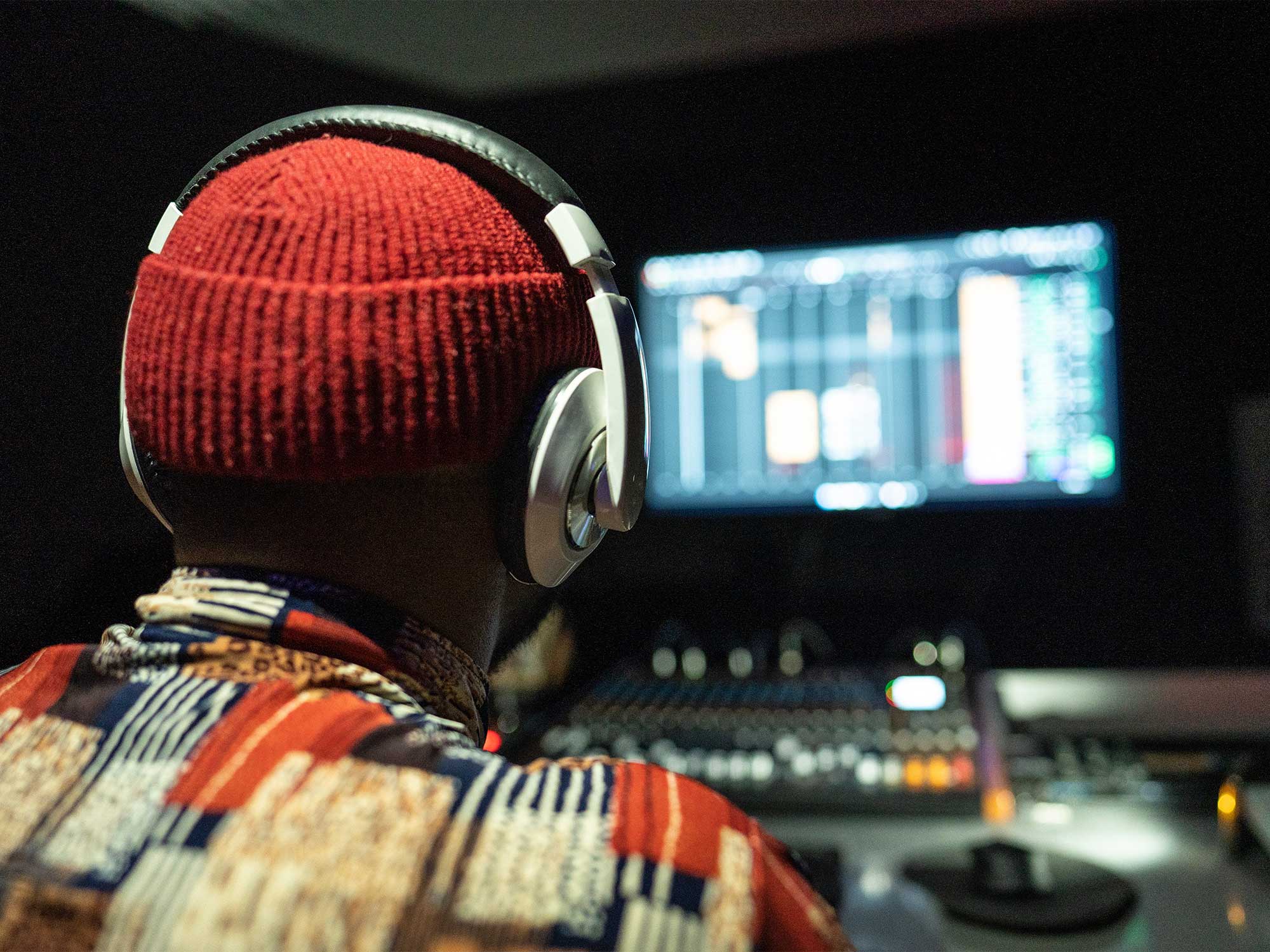Scientific research uncovers why Seeb’s I Took A Pill In Ibiza remix is hugely popular
Just a little something to consider trying out in your own production work…

redit: Getty / Frazao Studio Latino
A university has conducted research into how Seeb’s I Took A Pill In Ibiza remix became such a hit by examining the relationship between rhythm and sound in their music production.
As part of the study, researchers at the University Of Oslo interviewed four of the most successful EDM acts on Spotify. One of these acts was the electronic music duo, who have earned over 1.7 billion streams on the platform from the Mike Posner remix alone.
As reported by MusicRadar, the findings from the study were published by Partner Science Norway, which revealed that the most successful EDM artists had used a combination of on and off grid quantisation on their biggest hits. This one finding in particular was noted as key to making a track interesting by creating the impression of a difference in sound.
According to the study, Seeb had analysed the swing quantisation in popular EDM songs when making their remix and discovered that “between 22 percent and 40 percent swing gets you the grooviest beats”.
The university researchers studied Seeb’s project files for the track and found that the main chord arrangement used this percentage of swing throughout. They also noted that “the onset of the notes on the second and fourth beats was 23 milliseconds behind”.
“All the producers were aware of how they worked with sound, rhythm, and micro rhythms,” says Jon Marius Aareskjold-Drecker, a senior lecturer in Music Production of the study. “They had different strategies, but they also did some of the same things.”
Professor Ragnhild Brøvig also adds, “If you change the rhythm just slightly, it can be so minimal that we don’t perceive it as a difference in timing, but we experience it as a change in sound.”
As part of the university’s overall conclusion, Professor Brøvig later states, “We saw that very small micro-rhythmic nuances, such as a few milliseconds of deviation of a note from the grid, had a big impact on the listening experience.”
Find out more about Seeb via their official website.